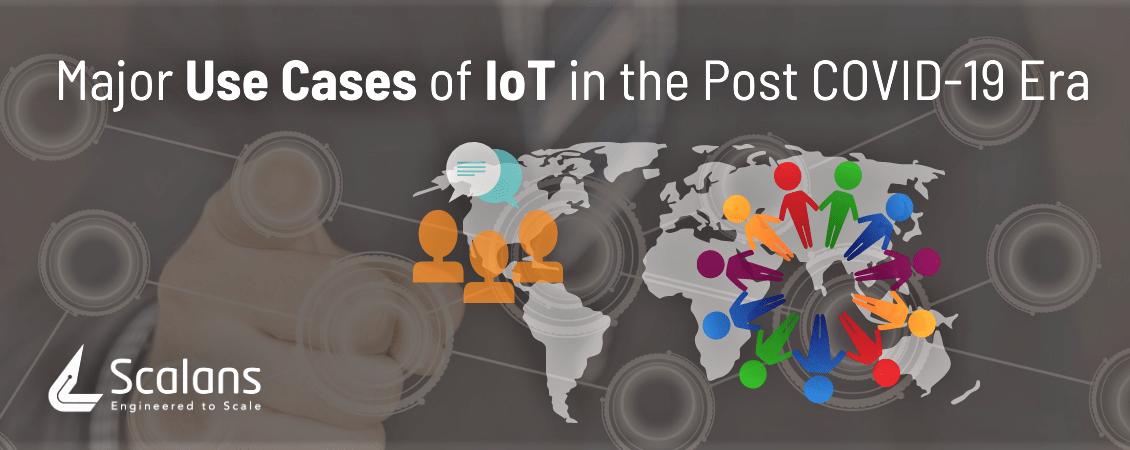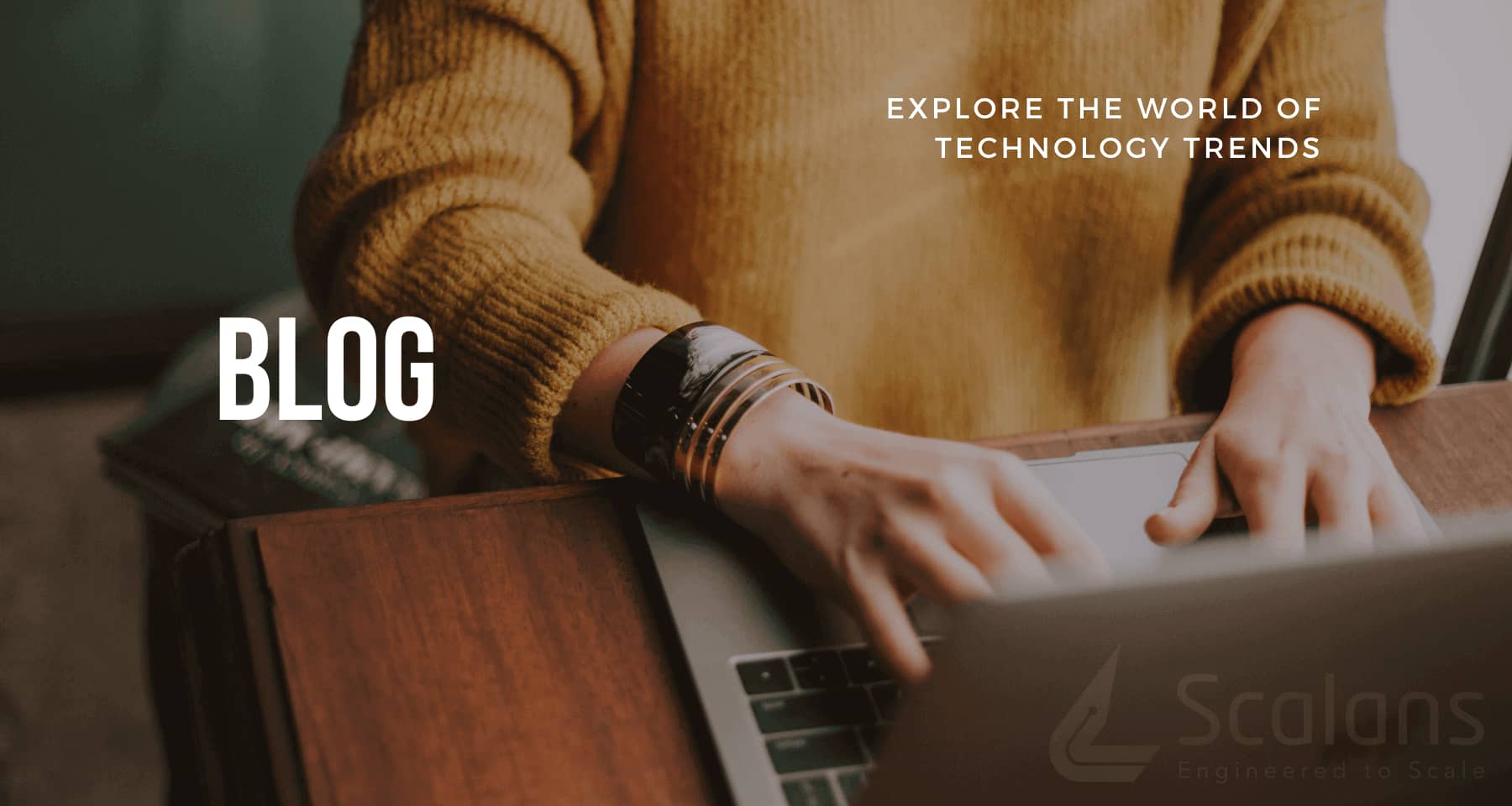
Major Use Cases of IoT in the Post COVID-19 Era
The coronavirus pandemic has brought in paradigm shifts in business operations and workplace policies; and the Internet of Things (IoT) has a significant role to play in helping companies navigate through this crisis.
In this blog post, we discuss 5 important IoT use cases that would be a reality in a post-COVID-19 world.
- Remote Working
Almost 82% of company heads are planning to allow employees to work remotely, says a Gartner survey. Remote work is here to stay and after COVID-19, IoT is expected to accelerate this trend.
For example, employers can impart skill-based training to remotely working employees using IoT tools that can scan text from documents or papers into a laptop or tablet. Also, home-based IoT solutions such as smart bulbs, smart printers, and the like, provide a comfortable environment for remote working.
- Smarter Manufacturing Processes
COVID-19 has caused massive operations and supply chain disruptions, thereby severely crippling the global manufacturing sector. The Industrial IoT (IIoT) can revive the sector via interconnected devices that will allow a smarter manufacturing environment.
IIoT tools can digitize the supply chain, enable real-time inventory management and asset tracking, and help remotely monitor operational variations in machines. All these ensure uninterrupted workflows with lesser need for physical inspections and minimal personnel movement.
- Remote Health Monitoring
Cloud-based IoT devices help healthcare professionals to remotely live-track patient health and suggest recommendations based on the data collected.
Notable IoT-enabled health solutions that can aid in post-COVID healthcare include direct-to-cloud RPM infrastructure by Medisanté, and Aridea Solutions’ Fever Kit, an infrared sensor-based contactless temperature recording tool.
- Physical Distancing
Ever since the onset of the pandemic, physical distancing has become the new norm for socialization. Post-COVID, when companies reopen, workplaces will face the challenge of safeguarding their employees from the infection.
IoT sensors mounted on ceilings, desks and entrances will help in the real-time monitoring of employee movements and counting the number of employees entering and exiting a room. Thus, companies can ensure that there is no crowding in their workstations.
- Contact Tracing
Lastly, physical distancing protocols have to be complemented by contact tracing solutions. For this, wearable technology can be leveraged; it can be repurposed to identify the persons exposed to the virus in the event of an outbreak.
Wearable devices like wristbands or badges equipped with Bluetooth low energy (BLE) sensors record employee interactions and the same can be stored on the cloud. This anonymized data will help in identifying the contact chain of an infected employee.
Conclusion
For an organization, the road to recovery may have a few bumps; but with Industry 4.0 technologies like IoT, the journey will be a smooth one. And, the services of a reputed IoT development company will ensure a fresh start to your business post-COVID-19.



